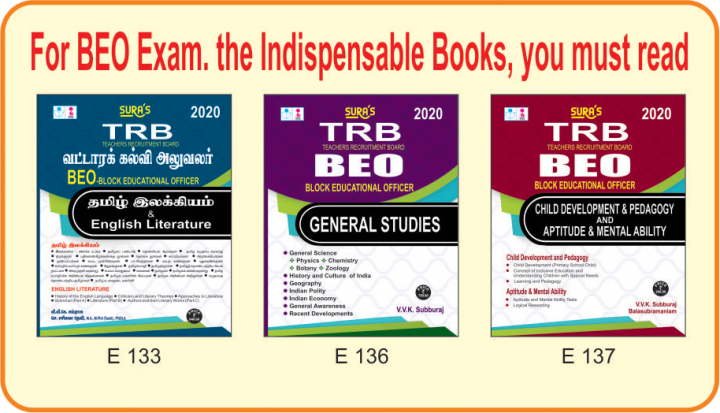1. In Rig vedha “Saptasindhu” refers to
A) The land of two rivers
B) The land of five rivers
C) The land of six rivers
D) The land of seven rivers
Explanation : Ans : (D)
Vedic Literature : The word ‘Veda’ is derived from the root ‘vid’, which means to know. In other words, the term ‘veda’ signifies’ superior knowledge’. The Vedic literature consists of the four vedas – Rig, Yajur, Sama and Atharva, The Rig Veda is the earliest of the four vedas and it consists of 1028 hymns, the hymns were sung in praise of various gods.
The Yajur Veda consists of various details of rules to be observed at the time of sacrifice. The same veda is set to tune for the purpose of chanting during sacrifice. It is called the book of chants and the origins of Indian music are traced in it. The Atharva Veda contains details of rituals.
Besides the vedas, there are other sacred works like the Brahmanas, the Upanishads, the Aranyakas and the epics Ramyana and Mahabharata. The Brahmanas are the treatises relating to prayer and sacrificial ceremony. The Upanishads are philosophical texts dealing with topic like the soul, the absolute, the origin of the world and the mysteries of nature. The Aranyakas are called forest books and they deal with mysticism, rites, rituals and sacrifices. The author of Ramayana was Valmiki and that of Mahabharata was Vedavyas.
During the Rig vedic period, the Aryans were mostly confined to the Indus region. The Rig Veda refers to Saptasindhu or the land of seven rivers. This includes the five rivers of Punjab, namely Jhelum, Chenab, Ravi, Beas and Sutlej along with the Indus and Saraswathi. The political, social and cultural life of the Rig Vedic people can be traced from the hymns of the Rig Veda.
2. When was the 550th Birth Anniversary of Gurunanak celebrated ?
A) Nov, 2019 B) Oct, 1919
C) Nov, 2017 D) Nov, 2018
Explanation : Ans : (A)
Guru Nanak (1469 – 1538 A.D.) : Guru Nanak, another well-known saint of the Bhakti Movement, was the founder of Sikhism. He was a disciple of Kabir.
He was born in 1469 A.D. at Talwandi near Lahore. He preached unity of God, goodwill and co-operation among Hindus and Muslims. He advocated truth, honesty, kindness and condemned orthodox beliefs and idolatry or idol worship.
3. Expand NTC
A) National Transport Corporation
B) National Telephone Corporation
C) National Textile Corporation
D) New Technology Corporation
Explanation : Ans : (C)
National Textile Corporation : The National Textile Corporation Limited (NTC) is a Central Public Sector Enterprise under the Ministry of Textiles which was incorporated in April 1968 for managing the affairs of sick textile undertakings in the private sector, taken over by the government.
Starting with 16 mills in 1968, this number gradually rose to 103 by 1972 – 1973. In the year 1974 all these units were nationalized under the Sick Textile Undertakings (Nationalization) Act 1974. The number of units increased to 119 by 1995.
4. Pedogenesis refers to
A) Soil sedimentation process
B) Soil forming process
C) Weathering process
D) Eutrophication
Explanation : Ans : (B)
Pedogenesis : Soils are formed through the process of pedogenesis and depend upon the parent rocks, climate, biological activity and time.
Time provides maturity to soils and helps in the development of soil profiles.
5. Which of the following is India’s first-energy efficient railway station ?
A) Mumbai B) Thane
C) Delhi D) Kacheguda
Explanation : Ans : (D)
Kacheguda railway station has achieved 100 per cent energy efficiency by replacing 1,312 conventional lights with
light-emitting diode (LED) lighting, 370 ceiling fans with Burshless DC Electrical (BLDC) motors energy-efficient fans and 12 air conditioners with energy efficient inverter type ACs.






